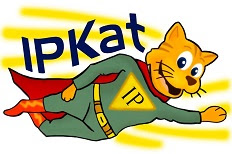Brazil: Another GI for a regional product.
In the month of October, the Brazilian Instituto Nacional da Propiedade Industrial (INPI) granted a Geographical Indication (GI) in the form of Indicação de Procedência. The Associação dos Produtores Artesanais de Cachaça, in the Salinas region ( Apacs ) received, at a ceremony held at the INPI , the said certificate. The Salinas region includes Novorizonte, and part of Taiobeiras, Rubelita, Santa Cruz de Salinas and Fruta de Leite. It produces approx. 5 million litters of cachaça per year.
 Cachaça is a distilled spirit made from sugarcane juice, usually used as an ingredient in tropical drinks – caipirinha being one of the most well-known cocktail. This is the second GI granted to Cachaça in Brazil.
Cachaça is a distilled spirit made from sugarcane juice, usually used as an ingredient in tropical drinks – caipirinha being one of the most well-known cocktail. This is the second GI granted to Cachaça in Brazil.
Nivaldo Gonçalves das Neves, Apacs’ president, notes that such recognition will prevent falsification of the drink and will allow consumers to have greater security at the time of consumption; moreover, it will promote regional progress. The recognised GI will start to circulate from January 2014.
Nivaldo Gonçalves das Neves, Apacs’ president, notes that such recognition will prevent falsification of the drink and will allow consumers to have greater security at the time of consumption; moreover, it will promote regional progress. The recognised GI will start to circulate from January 2014.





















